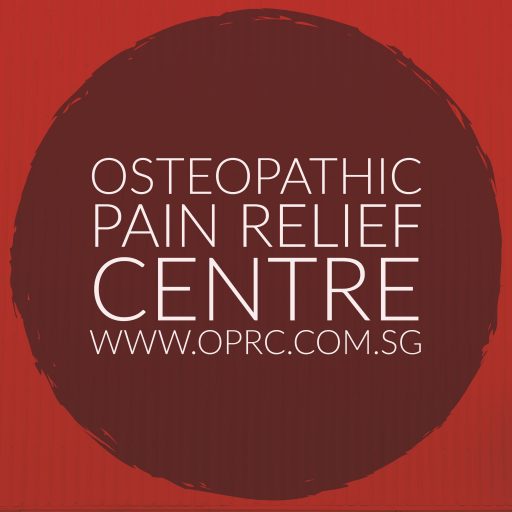How to use your backpack and reduce injuries.
Adeline Tien is a yoga teacher who came to OPRC looking for advice on how to avoid possible neck strain if she continues to carry her 1.5 litre of water.
A freelance yoga teacher, Adeline travels to different yoga studios carrying her water at all times. She is quite right to be concerned for her posture and the possibility of spinal compression leading to a hunched back, neck strain, trapped nerves and pain. Practising and teaching yoga everyday makes her very aware of her posture. She applies her knowledge of using certain muscle groups for every given situation, however like everyone else, she is prone to occupational hazards.
Seek professional advice from an osteopath who specializes in helping you overcome potential injuries.
At OPRC we often encounter scenarios similar to Adeline’s case, like many other professions e.g. accountants, auditors, insurance agents and consultants they too share the same difficulty of carrying heavy bags to different offices for meetings or presentations as well as travelling to different cities for regional meetings and pitching for new jobs.
Follow the advice given to Adeline and apply them to your specific situation to reduce potential problems.

As you can see from this photo Adeline was advised to use a backpack that has a waist belt and a chest belt. The waist belt fits around her pelvis and chest belt across the ribs, both are easily removed with a simple lock system and adjusted with the straps.
One important factor to keep in mind is to limit the maximum weight of your backpack to no more than 10% of your body weight. If your weight is 70Kg the maximum weight you should carry is 7kg, having a waist and chest strap may give you an impression that you can carry more, this maybe be true- but the risk of compression to your spine is greater, so keep to the 10% limit.
In general you can place the heaviest items like your laptop or battery charger at the bottom of the backpack as this lowers the centre of gravity of your pack as well as transferring the weight to your pelvis rather than compressing your spine.
From this view you can see that the back pack fits snugly around her spine, the key aspect is to place the heaviest items at the bottom of the bag, for Adeline’s case she placed her water bottle horizontally lowering the centre of gravity of the backpack. Having the chest and waist belt transfers the weight of her bag to her pelvis and down her legs.

This picture shows you various types of postures. For those who carry heavy bags incorrectly Posture B – “Kyphosis-Lordotic Posture can potentially happen to you.
With Posture B you will loose height and your curvatures will increase and therefore more prone to disc compression leading to trapped nerves.
Consult with the osteopath if you have the following:
- Neck and shoulder ache during or after carrying your bag.
- Experiencing some numbness or tingling in your arms or fingers.
- Mid back or low back ache after carrying your bag the whole day.
- Tiredness in keeping your posture upright when carrying a bag.
What can OPRC offer you?
- Osteopathic examination of your posture to find out which muscle, joint, ligaments or tissues are causing your pain.
- Osteopathic analysis of where there is fault in your biomechanics- finding out which parts of your body not synchronized with the rest. Osteopathic treatment makes your body parts more efficient and less like to cause pain.
- Clinical massage by qualified physical therapists to release deep tissue tension as well as stretching tight shortened muscles for more long lasting relief.


